Nandin Sand Dunes Ring
This artifact was discovered at the excavation of the Go Giong Cat relic in 2018; in a stable, undisturbed cultural layer, about 1.5m deep below the surface of the soil, dating from the 3rd - 5th century. The ring is made of gold, combining casting and metal carving techniques. The face of the ring depicts a Nandin bull in a lying position with its legs crossed, and the front and back sides of the ring are decorated with lotus petals and a trident. The sacred bull Nadin is the mount symbol of Shiva - one of the 3 legendary gods of Hinduism.
The artifacts were crafted with small, delicate details. The goldsmiths of this period were very proficient in complex crafting techniques, reaching a level of mastery from gold smelting to casting, laminating, drawing into threads, cutting, and filing. This is the only Nandin ring artifact discovered in the archaeological stratum to date. This helps increase the value of the artifact, and can determine the age of the artifact relatively accurately.
Linh Son Bac Buddhist relief
The artifact was discovered during an archaeological excavation at Linh Son Bac relic site in 2019, belonging to the Oc Eo - Ba The special national relic complex, located in a cultural layer dating from about the 1st - 4th century, a stable cultural layer, not disturbed.
The artifact is a relief carving of Buddha on the flat surface of a large granite block. The relief only clearly depicts the image of Buddha meditating, the other details are simple with the prominent feature being the large, deep-set eyes. The hair, facial features and clothes are not clearly depicted.
The Buddha is carved in a seated meditation posture, with his hands clasped in front of his chest in the abhaya-mudra. In this mudra, the hands with fingers extended are facing forward, at shoulder level. This is the mudra used by Gautama Buddha immediately after his enlightenment. The Buddha's legs are carved in a half-lotus position on a pedestal, with the right leg resting on the left calf. Three Sanskrit characters are engraved on the lower part of the Buddha statue in the Brahmi script of South India.
Mukhalinga Ba The
Discovered in 1986, the Mukhalinga Ba The artifact is 91cm high, weighs 90kg, the main material is dark gray fine-grained sandstone, the surface has a light gray patina layer, and is identified as an extremely valuable artifact. Mukhalinga is a very special and unique type of worship object compared to similar artifacts of the Oc Eo culture discovered in the Mekong Delta.
Mukhalinga is a three-part linga with a face, in which the round cylindrical part has the face of Lord Shiva carved in bas-relief form. Lord Shiva's face is round and full with clear details of eyes, nose, mouth, long ears with large earrings.
Head of Buddha statue of Linh Son Bac
The artifact is completely crafted, depicting the head of the Buddha with a 5-headed Naga snake arch spreading from behind to form a canopy above the head. The artifact was found in cultural accumulations next to ceramic relics, roof tiles, Indian-style oil lamps, worship statues, steles..., layers of religious architecture from many different periods from the 1st - 2nd century to the 9th - 12th century.
The Buddha is depicted quite simply, but still has clear basic features, with the hair identified by the sunken line running around the forehead and the noble features of the Buddha: Near the middle of the top of the head is a characteristic Urnisa (flesh protrusion); large and long ears, the left earlobe is intact and plump. The oval face is plump, long with a rather large chin. The eyes are shown half-closed, looking low and forward, the nose is large and plump, the thick lips are slightly closed and have two symmetrical corners on both sides.
The rear Naga snake arch spreads out and is arranged symmetrically within a circular frame (with one head in the center, two pairs of symmetrical snake heads, looking towards the center from both sides).
Go Cay Tram Tomb
The artifact was found during an excavation in 2018 at the Go Cay Tram relic in the Oc Eo - Ba The National Special Relic Site. The surface of the ceramic body has rope patterns of the stone-pounding technique that have been rubbed and smoothed to erase before being covered with a thin layer of orange-yellow paint. On the body there are 6 small holes that correspond to the expression of a face including ears, eyes, nose and mouth, and at the bottom of the jar there are also 2 small round holes.
The disc-shaped lid with a small round hook rim, also made of smooth, orange-yellow ceramic, is made using the roll-on technique with regular spiral grooves on the top surface of the lid, in addition to combining the techniques of rubbing, smoothing and joining.
Bone fragments, molars, and eye sockets were discovered in the jar, and it was determined that this was the grave of a child about 7-8 years old. The burial objects included a piece of gold and 16 colored glass beads. The characteristics of the material, type, and manufacturing technique show that the ceramic jar and lid belong to the same early stage of the Oc Eo culture (1st-3rd century AD).
KHANH MY
Source: https://baoangiang.com.vn/chiem-nguong-bao-vat-quoc-gia-van-hoa-oc-eo-a462067.html


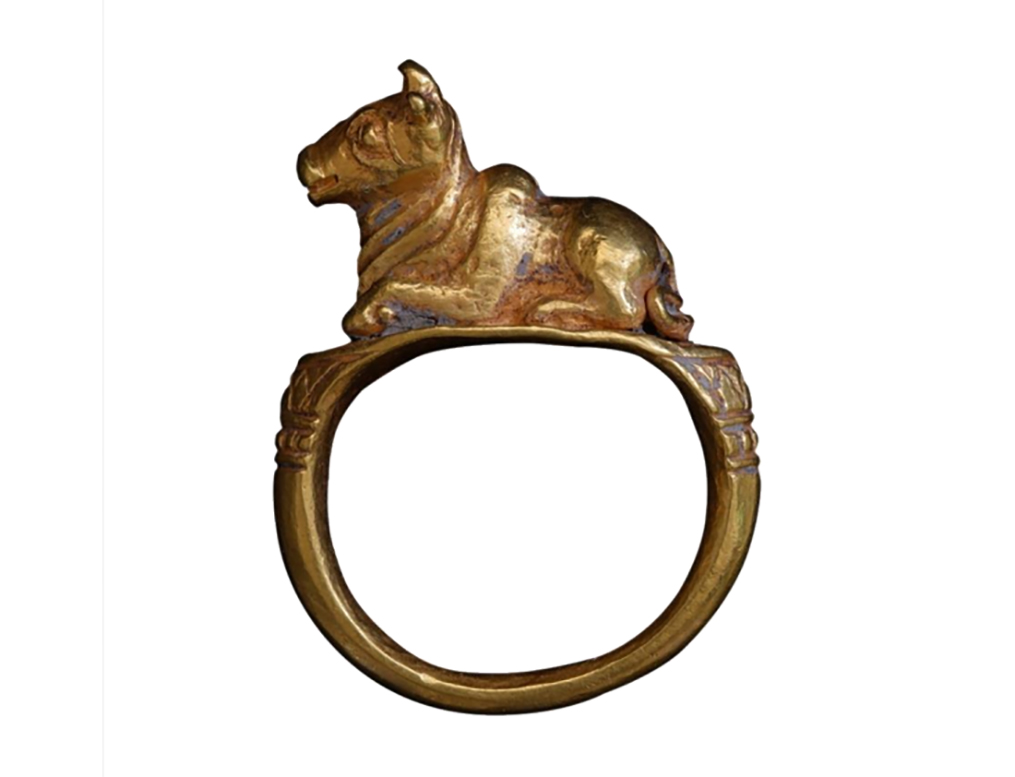
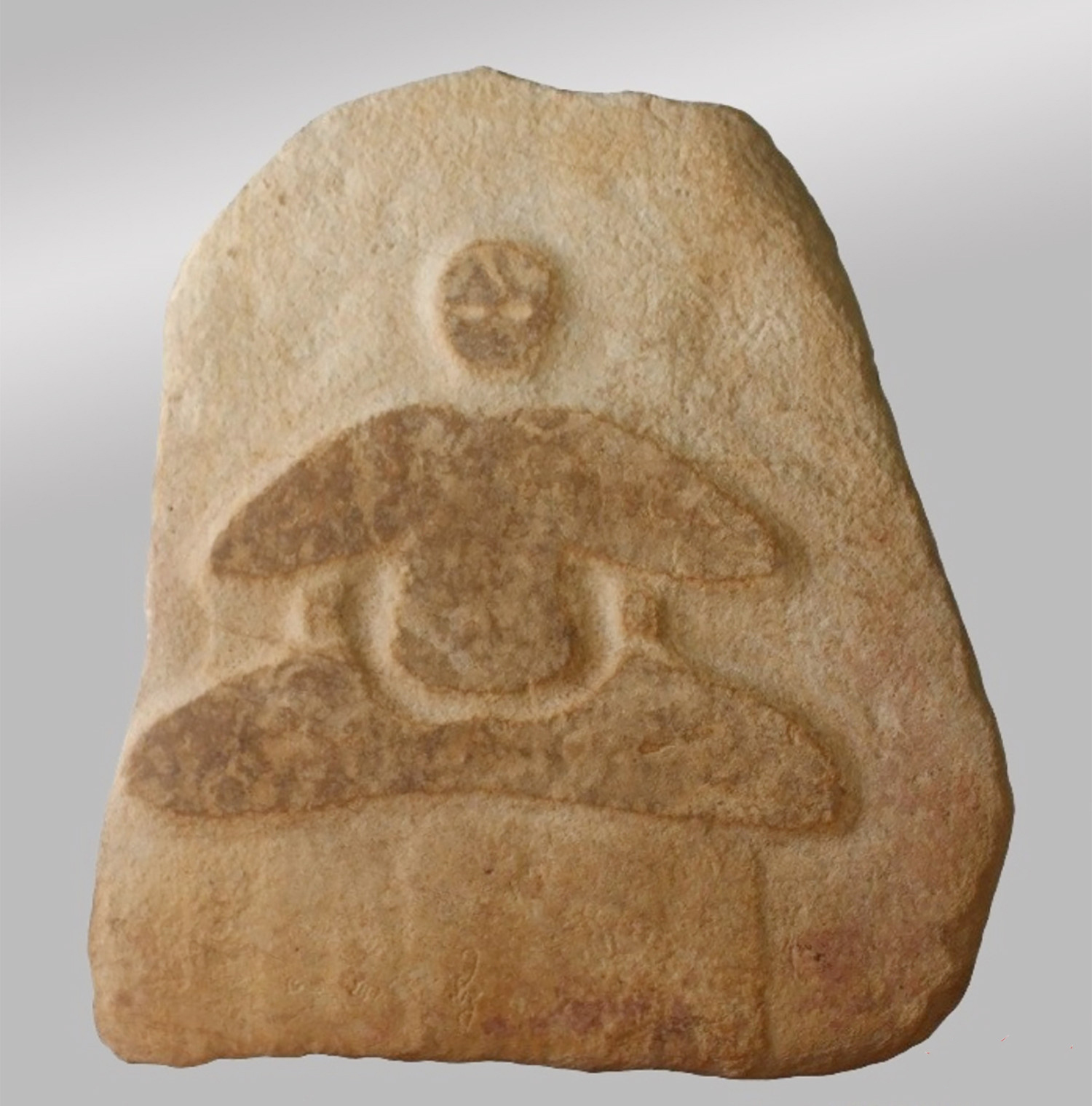
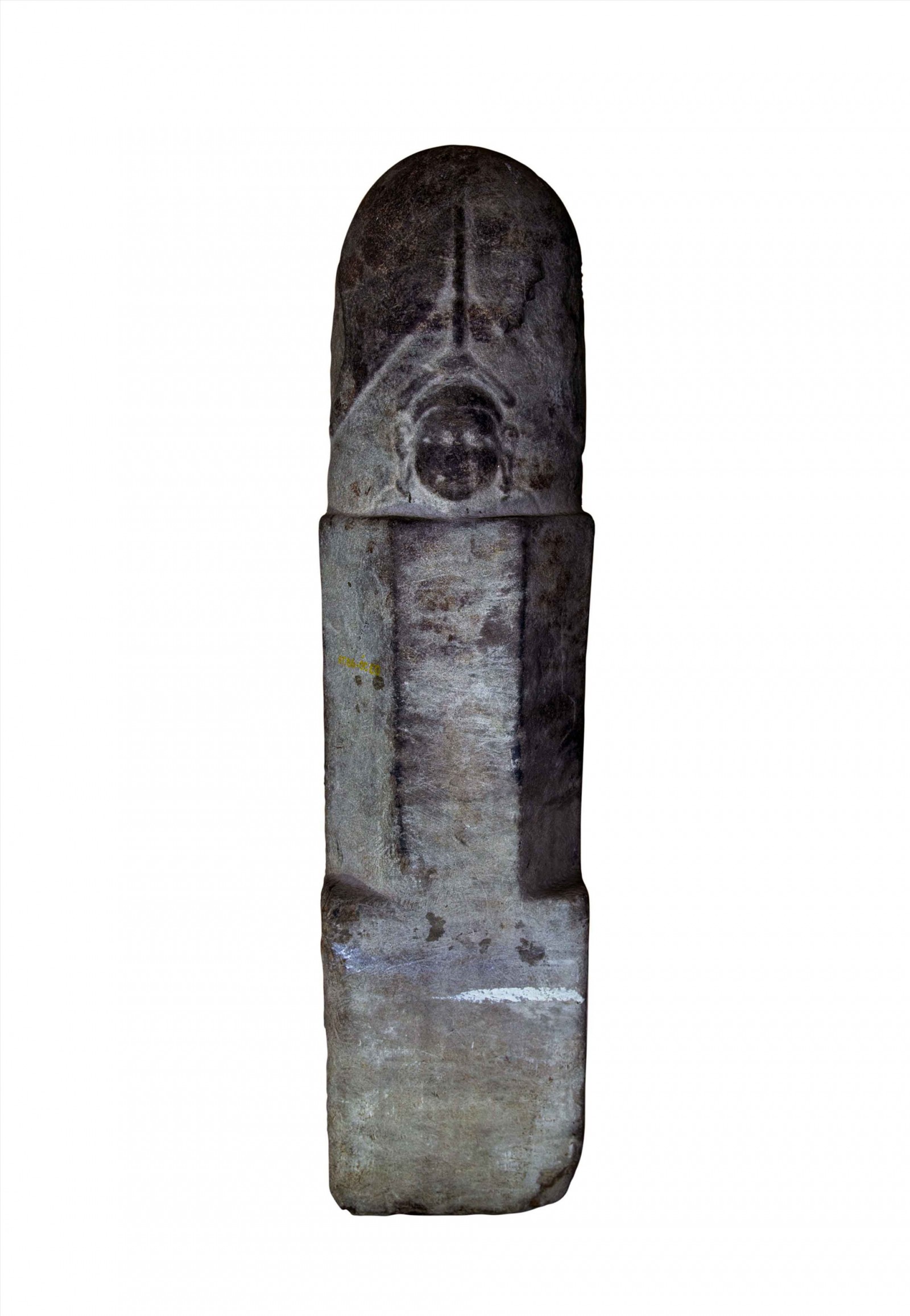
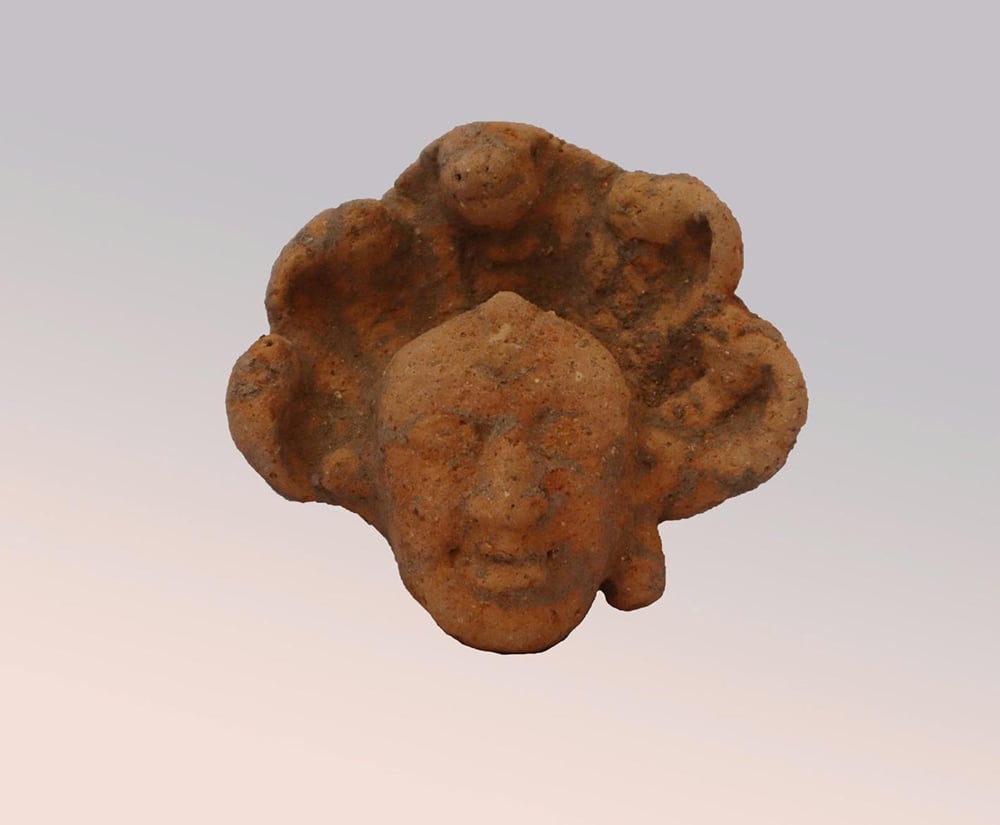
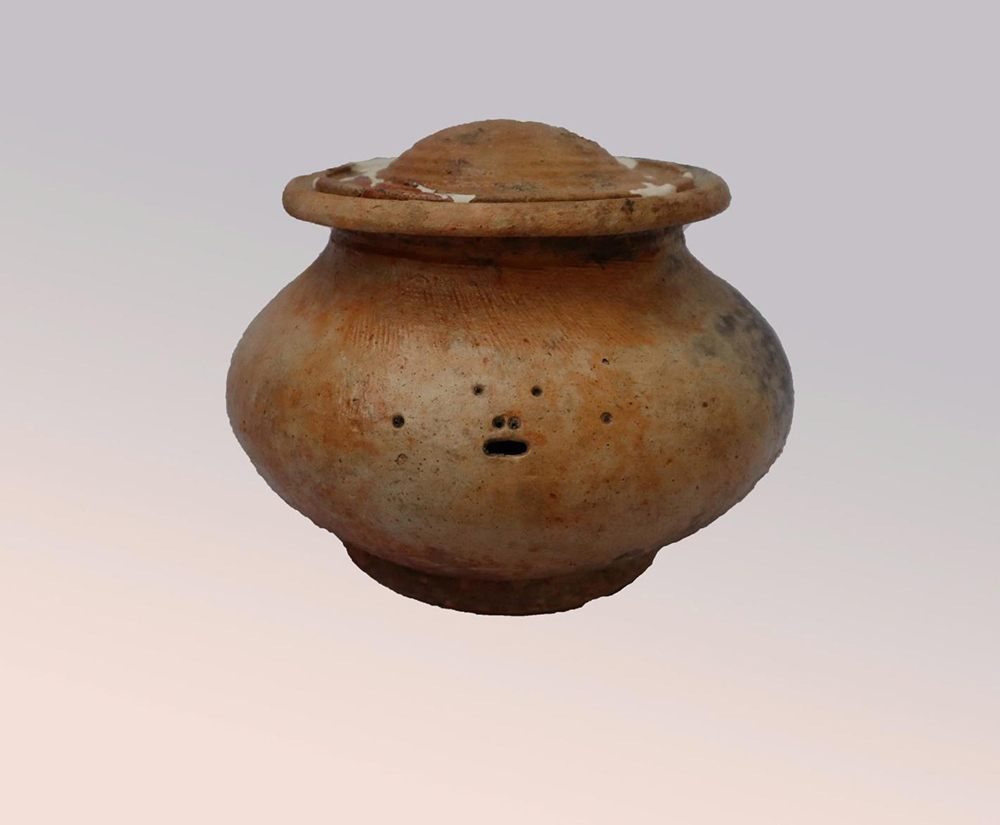





![[Photo] Closing of the 13th Conference of the 13th Party Central Committee](https://vphoto.vietnam.vn/thumb/1200x675/vietnam/resource/IMAGE/2025/10/08/1759893763535_ndo_br_a3-bnd-2504-jpg.webp)

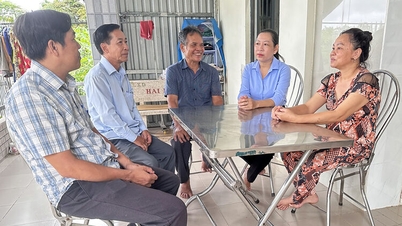








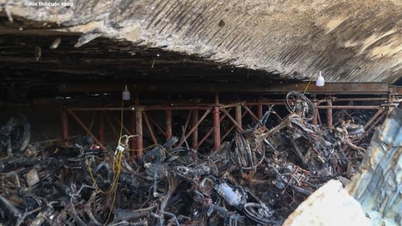



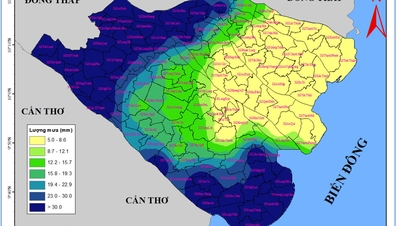






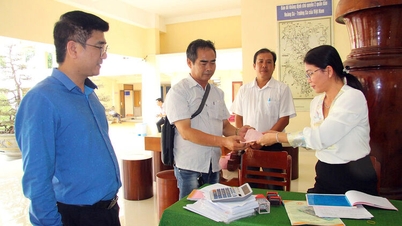




























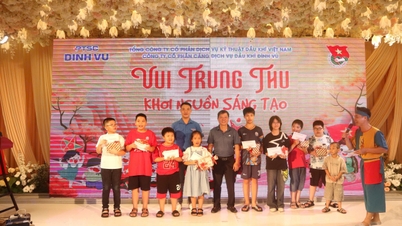
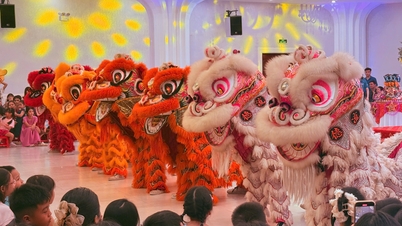












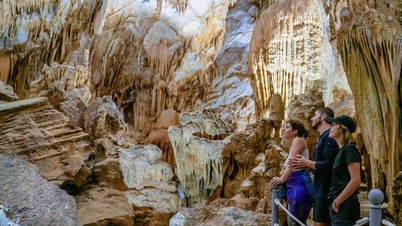












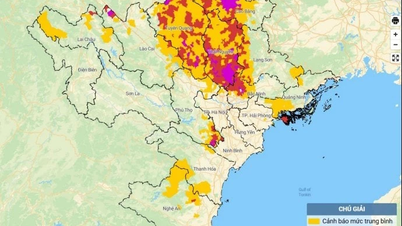












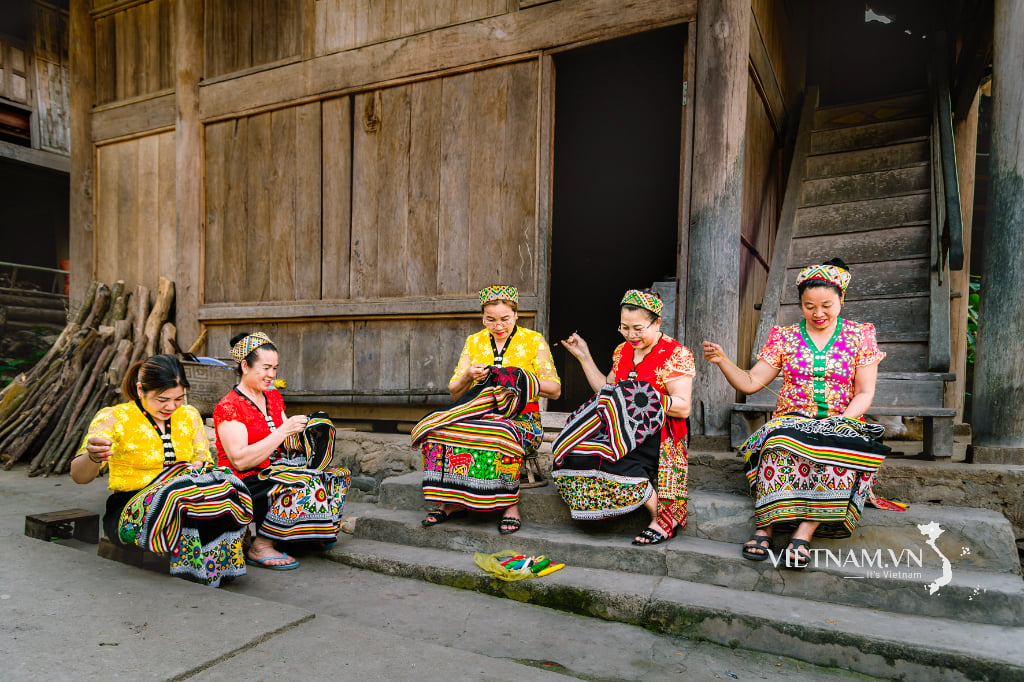

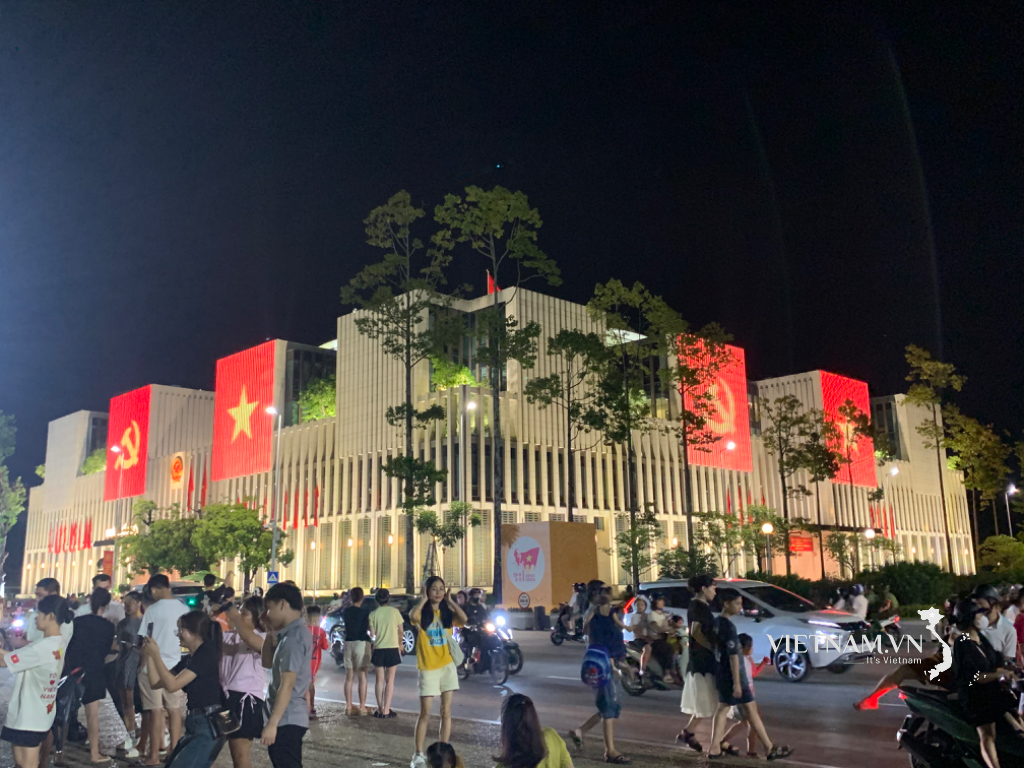
Comment (0)